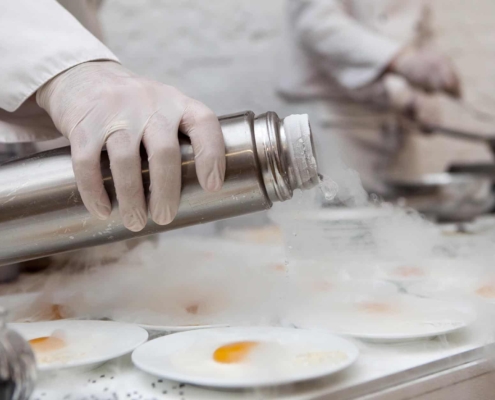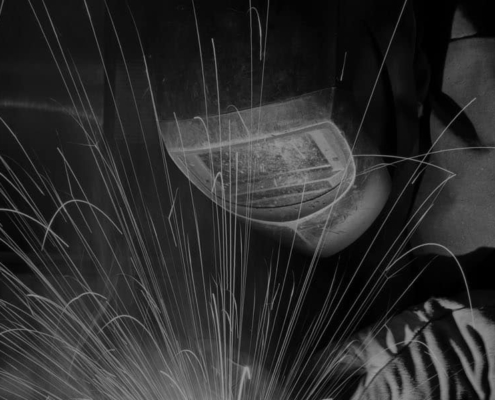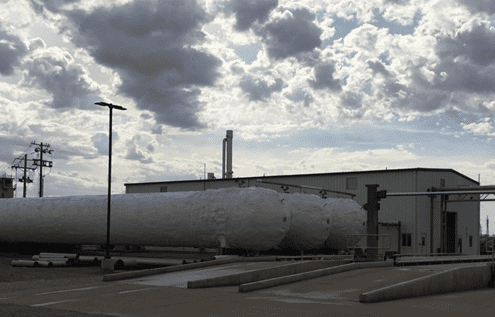Nitrogen gas plays an essential role in the food-grade industrial gases market, as it aids in the preservation of food and beverages.
Nitrogen displaces oxygen and decreases moisture inside of packaged food. Moisture in packaged foods creates bacteria, mold, and mildew, which is why nitrogen is necessary for the food preservation process.
This gas also preserves freshness and retains nutrients, which helps the food or beverage last longer. Depending on what foods you’re preserving, you may need more nitrogen than oxygen or vice versa. Red meats tend to lose their color when they’re deprived of oxygen, so less nitrogen is used when packaging them.
On the other hand, coffee and beer require more nitrogen because it increases the frequency of those drinks. Beer needs nitrogen to create foam, and coffee is dispensed with a higher pressure when brewed with nitrogen.





